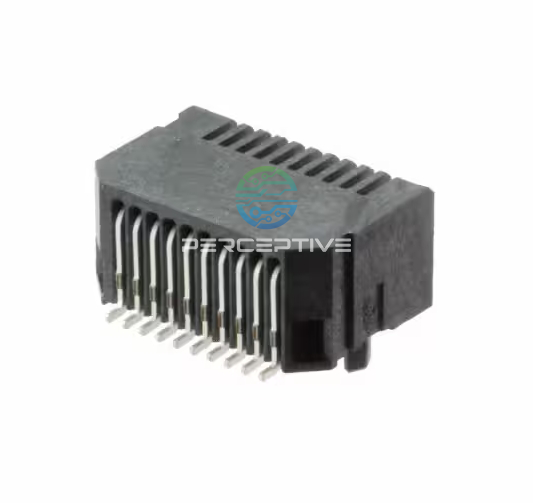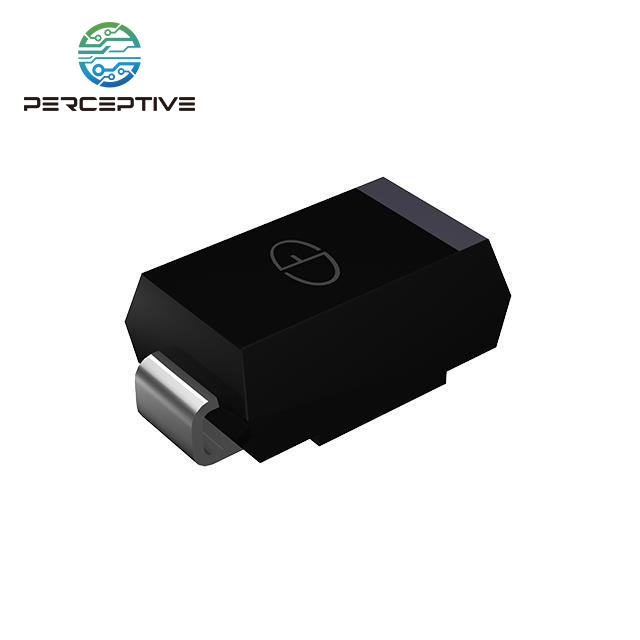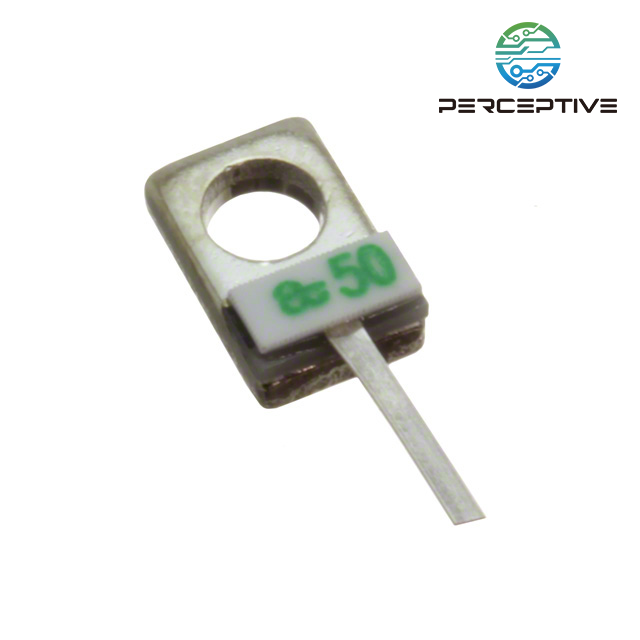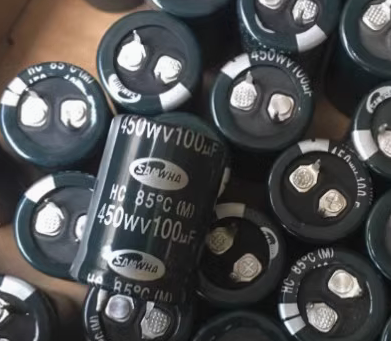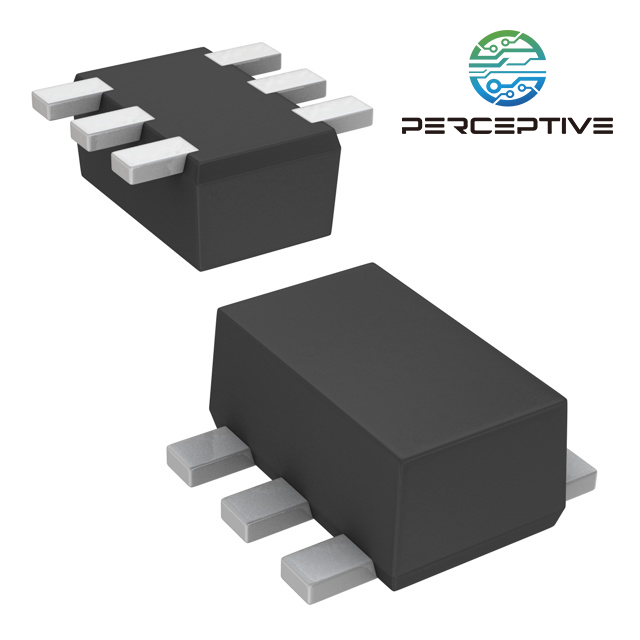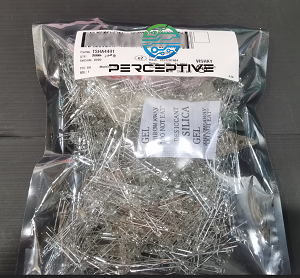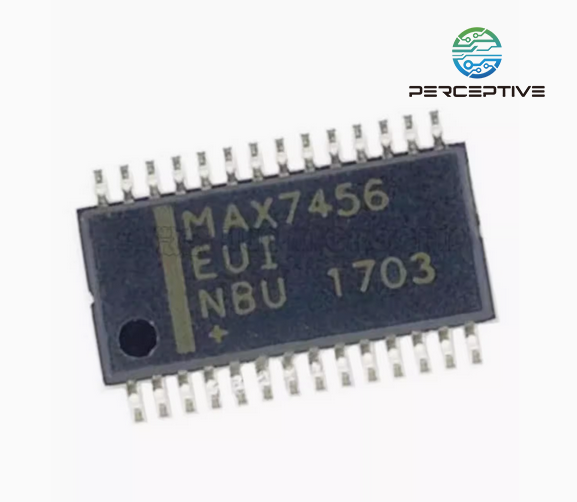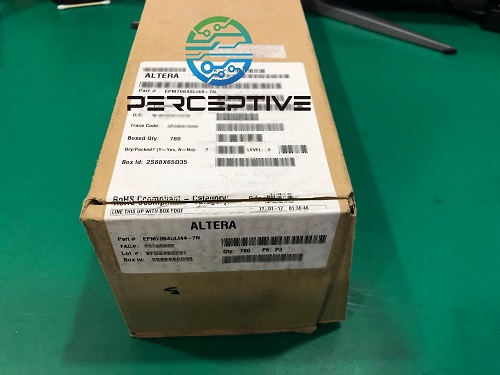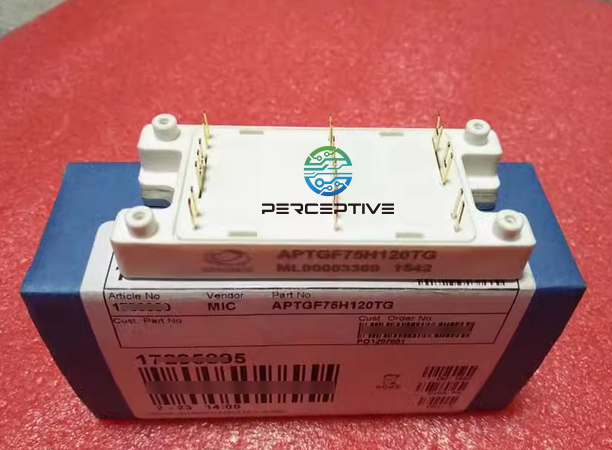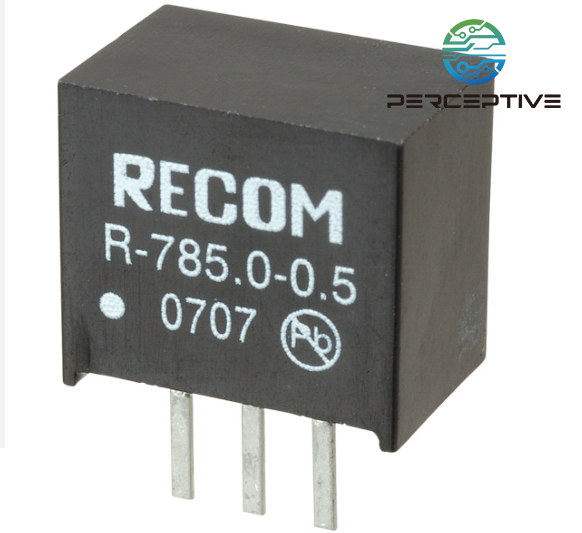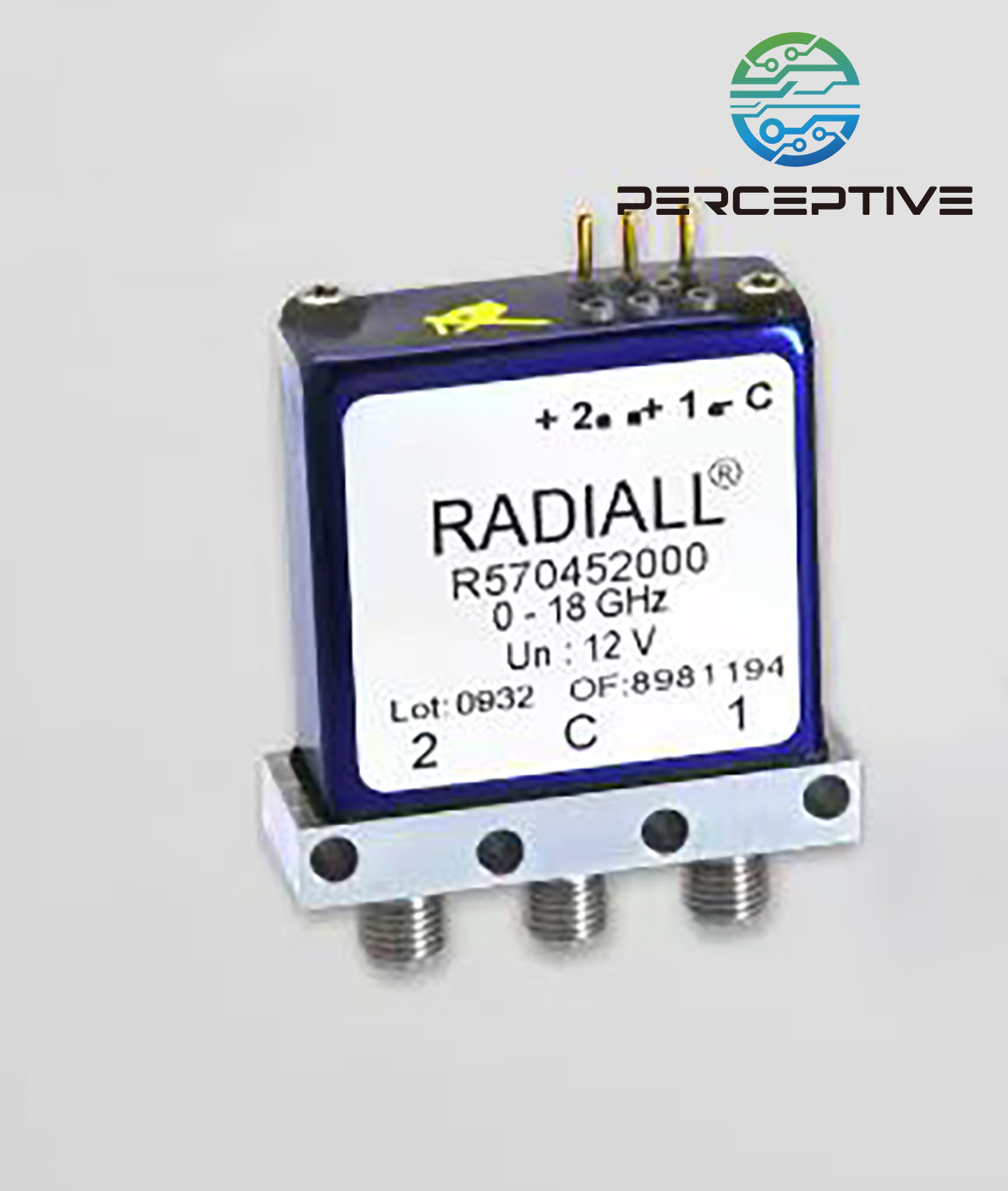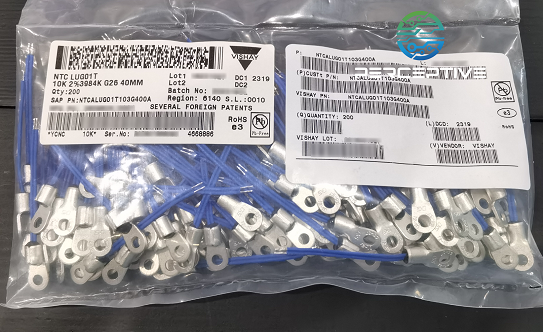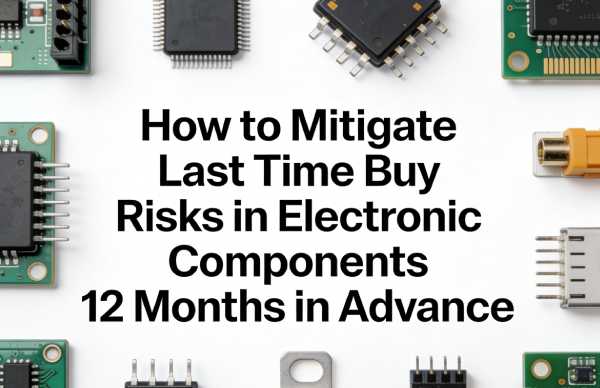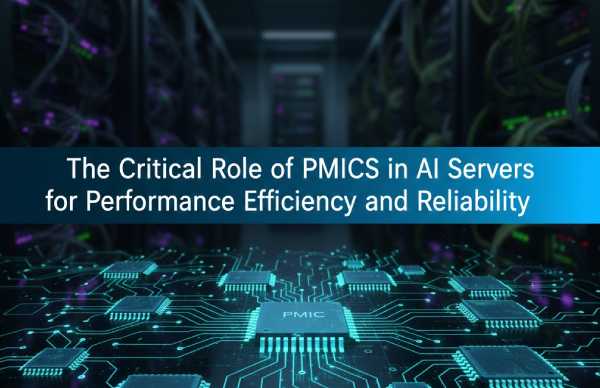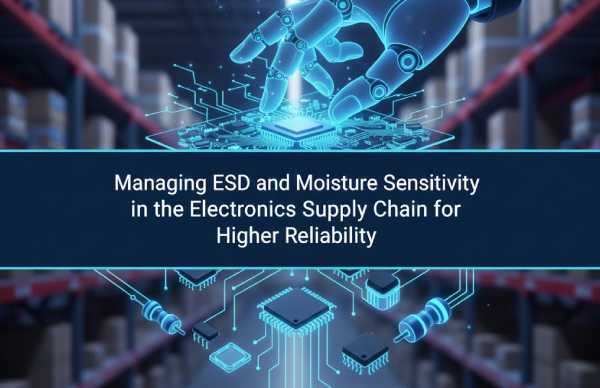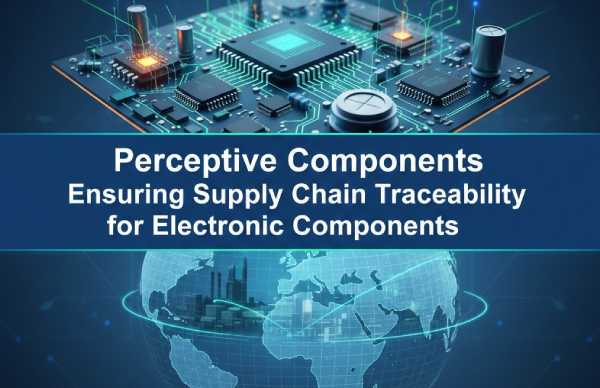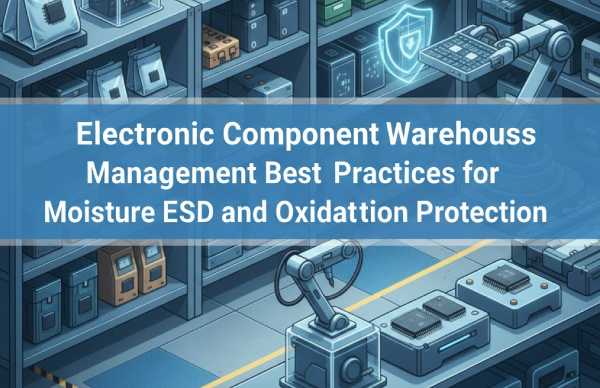The electronics industry is entering a new procurement era in 2025. Supply chain managers, procurement professionals, and distributors are navigating a marketplace shaped by geopolitical tension, technological disruption, sustainability requirements, and evolving customer expectations. For companies like Perceptive, understanding these shifts is essential for building a competitive and resilient sourcing strategy.
Regional Diversification and Nearshoring
One of the most significant trends is the move from concentrated global sourcing toward regional diversification. The pandemic years exposed the risks of heavy dependence on single geographies, and recent trade restrictions have accelerated this shift. Manufacturers are adopting "China+1" and nearshoring strategies, seeking suppliers in Southeast Asia, India, Eastern Europe, and even within domestic markets.
This trend does not eliminate China's importance but rather balances it with complementary supply bases. For procurement teams, the practical outcome is an expanding vendor map that requires new qualification processes, risk assessments, and stronger local partnerships. Regional sourcing helps mitigate transportation delays, reduce geopolitical exposure, and shorten lead times — all critical factors in today's fast-paced industry.
Capacity Expansion in Semiconductors
Another defining feature of the current landscape is the historic investment in semiconductor production. The U.S., Europe, South Korea, and Japan are deploying subsidies and incentives to boost chip-making capacity. However, these multi-billion-dollar projects take years to build and ramp. Until then, buyers must expect continued lead-time volatility for advanced logic, memory, and power management devices.
Procurement professionals should not wait for supply to "normalize". Instead, they must actively manage long-term agreements, explore strategic consignment, and maintain closer collaboration with both authorized distributors and end customers to balance inventory against demand swings. Strategic sourcing is now about resilience as much as cost control.
Digital Transformation and AI in Procurement
Procurement is no longer a paperwork-heavy, manual function. In 2025, digital platforms and artificial intelligence are reshaping sourcing operations. Generative AI tools are already assisting with supplier identification, spend analysis, contract drafting, and RFQ cycle reduction. Automation allows buyers to focus more on supplier relationships and risk management instead of repetitive administrative work.
Still, AI adoption must be carefully managed. Clean, accurate master data is critical to prevent errors or misleading recommendations. Leading procurement teams are starting small, using AI to automate repetitive tasks such as price benchmarking or contract clause checks, and then scaling into advanced supplier risk scoring and predictive analytics.
For suppliers like Perceptive, digital procurement is both an internal efficiency tool and a way to deliver faster, more transparent service to customers.
Sustainability and Compliance as Core Requirements
Sustainability is no longer just a marketing buzzword; it is a regulatory requirement. The European Union's Corporate Sustainability Due Diligence Directive (CSDDD) and similar global frameworks demand that companies monitor environmental impact, labor conditions, and ethical sourcing practices across their supply chains.
For procurement, this means embedding sustainability into contracts, requiring certifications, and preparing for detailed audits. Suppliers that cannot provide traceability or compliance data risk losing business. Electronics companies are increasingly ranking sustainability alongside price and lead time as key criteria for supplier selection.
This shift also opens opportunities. Distributors that can guarantee compliance-ready supply chains and transparent reporting will gain trust with OEMs who face mounting pressure from regulators and customers alike.
Practical Actions for Procurement Teams
Based on these global trends, what should procurement leaders do now?
Segment critical parts and suppliers: Identify components that are high-risk or high-value, and apply enhanced controls to them.
Develop regional dual sourcing: Secure at least one alternative supplier in a different region for strategic items.
Strengthen supplier qualification: Implement robust onboarding, requiring certificates of conformity, sustainability self-assessments, and risk audits.
Invest in digital tools: Improve master data quality and adopt AI-driven analytics for spend management and supplier monitoring.
Align inventory strategy with risk: Use safety stock, consignment, or forward buying for parts with unpredictable supply cycles.
Promote information sharing: Participate in industry associations and counterfeit alert networks to strengthen collective resilience.
Looking Ahead
The global procurement in electronics will remain dynamic. Supply chains are shifting, technologies are accelerating, and compliance expectations are rising. The most successful procurement organizations in 2025 will be those that integrate resilience, digital innovation, and sustainability into their sourcing strategies.
At Perceptive, we view procurement not only as a cost management function but as a value driver — ensuring reliable, compliant, and flexible supply for our customers worldwide. By staying ahead of these global trends, distributors and procurement professionals can transform challenges into opportunities and position themselves for long-term success.

